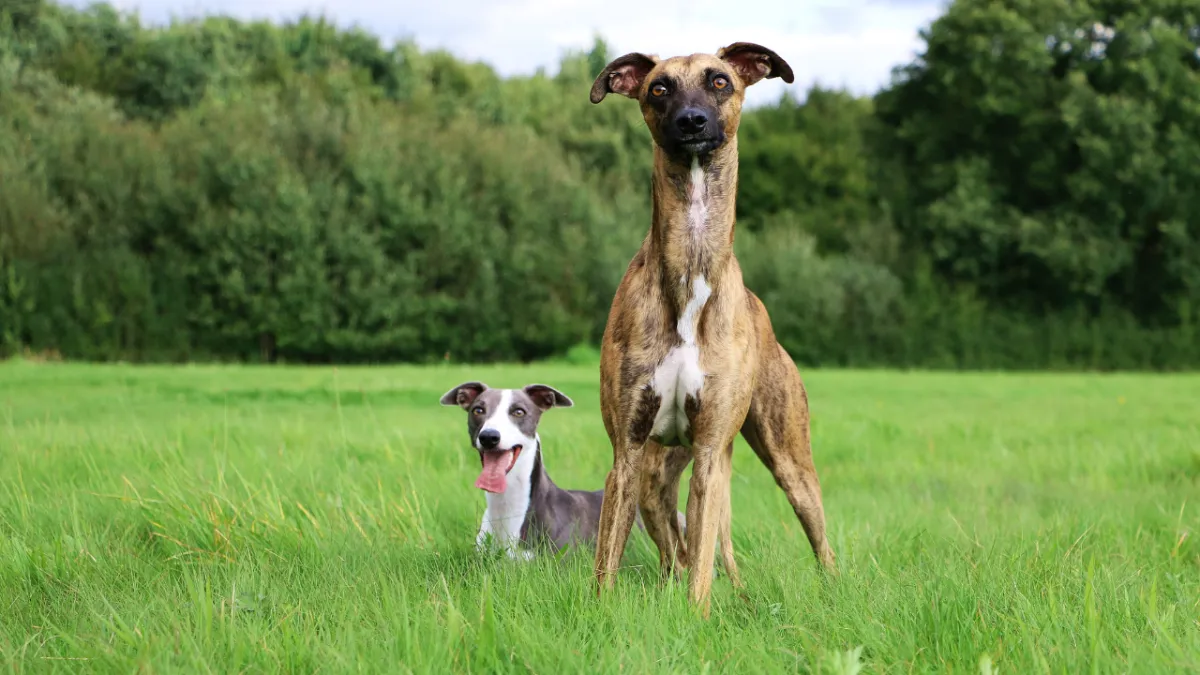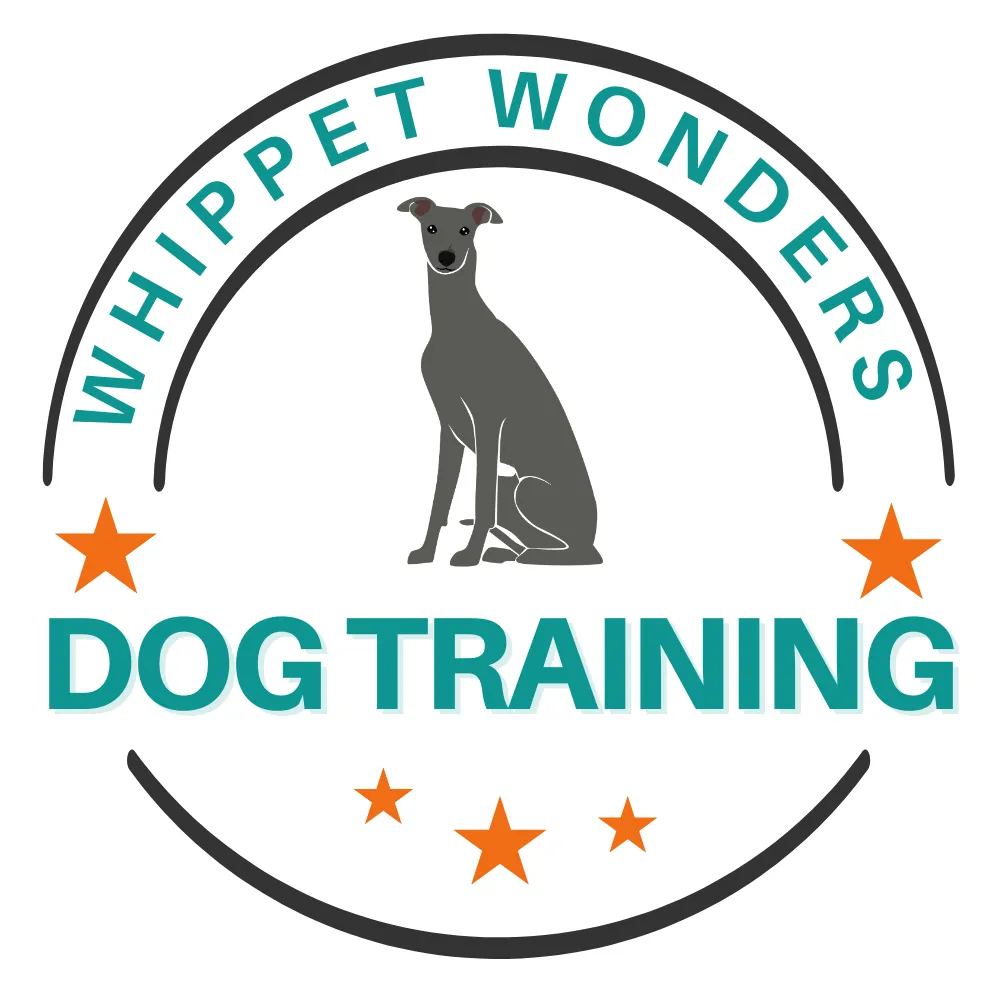
3 Top Tips For Handling Prey Drive
Whippets are bred to be skilled and adept hunters who can notice small changes in scents and sights to career off after the critter that created them.
First of all prey drive is NORMAL in Whippets. It is not an abnormal behaviour. This is not “reactive behaviour”. Reactive behaviour is an over emotional reaction to a trigger that should cause a neutral or friendly response. Such as people or dogs. You will have more luck looking for help on prey drive than reactivity if your issue is cats, squirrels, bunnies etc.
Prey drive is the innate passion and desire for your whippet to chase or hunt small animals/ wildlife.
This is a normal behaviour, one you cannot train out of your whippet.
That's not to say we can't train your whippet to work around prey drive more effectively and create greater calm and control around critters that move. But to expect your whippet to never react or react impulsively would be expecting a lot, and unfair given their breed.
Give them Chase Related Outlets

Rather than simply trying to STOP your dogs desire to chase, it's important to give them a similar prey related activity to fulfill that need. Giving them an outlet to chase will help them generally feel happier overall.
Dogs who have their needs met are less likely to be frustrated. In addition to this giving them an outlet WITH you will help your dog learn that you are a good team mate. The more your dog knows you HELP them with prey related outlets, the more their value in you increases. You are no longer the fun police, but a helpful team mate that is worth engaging with. Prey related outlets can be giving them tuggy toys to chase and play with you.
Many dogs enjoy the rabbit and sheepskin toys from Tugenuff. While flirt poles can be a great way to give them that adrenaline of the chase too! A flirt pole is simply like a giant cat teaser pole that you whip a toy around the end of. https://tug-e-nuff.com/WAGGINGWONDERS
When your whippet spots prey- stop don't follow

If your whippet spots a squirrel onlead; stop! Don't just follow them as they pull and career on towards that squirrel. They are rewarding themselves and will definitely do it again! They know they can just keep pulling.
Stop babbling too! Very often we start squeaking “fiiiiido” and all sorts such as “leave it” “no!” And anything we think that might stop them…but actually they are learning one lesson…to ignore us. Do we really think they're going to listen in that moment?
Instead we want to give them time to watch calmly and wait for them to disengage ( look away from prey) and reward that disengagement with a high value tasty treat and ideally let them CHASE that treat away from the prey triggering them.
Giving them a treat to chase means they can get that outlet of chase out on the treat - double the reward! You MUST regularly work on engagement with rewarding check ins and eye contact. Ideally setting your dog up at a distance ( though this can be tricky!)
Your dog can't lie- learn to read them !

Learn to read your dogs prey driven behaviours to help ensure you have control of them before you are too close to the trigger. Dogs can't lie.
This means if you see a change in behaviour, they're not likely to be wrong. You may on pavement walks see sudden pulling and zig zagging as they catch scent of cats.
Or offlead / long line you may suddenly notice them stick their nose to the floor ( or conversely in the air) and start dashing around. Asking them to do a basic cue or to check in may result I you bring ignored!
These are signs if you carry on, your likely to come across something of interest! If they start zoning you out, call them / reel them in and pop them back on lead with a high value reward. Or if onlead try a find it of tasty treats scattered on the ground to calm them and be aware of what might be around.
If you learn to read them, it's as lot less likely you'll be surprised by them suddenly lurching at something!
You can help your sighthound with recall check out our expert step by step courses.
https://whippetwonders.co.uk/recall


